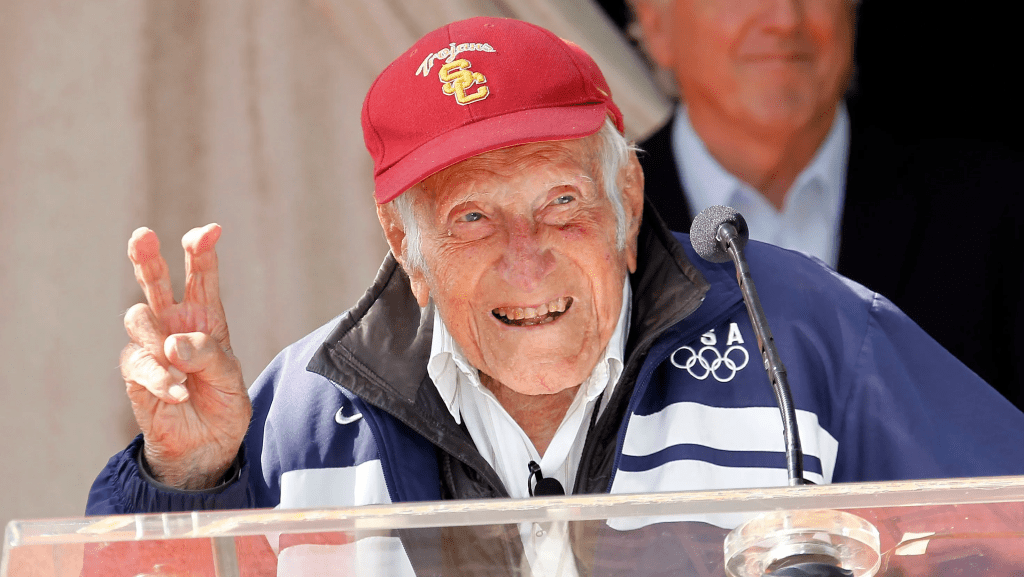In the annals of World War II, few stories rival that of Louis Zamperini an Olympic athlete turned soldier whose incredible journey from war hero to prisoner of war, and ultimately, to a symbol of forgiveness, continues to inspire generations. His tale is one not just of physical endurance, but of emotional and spiritual resilience that defies the limits of human strength.
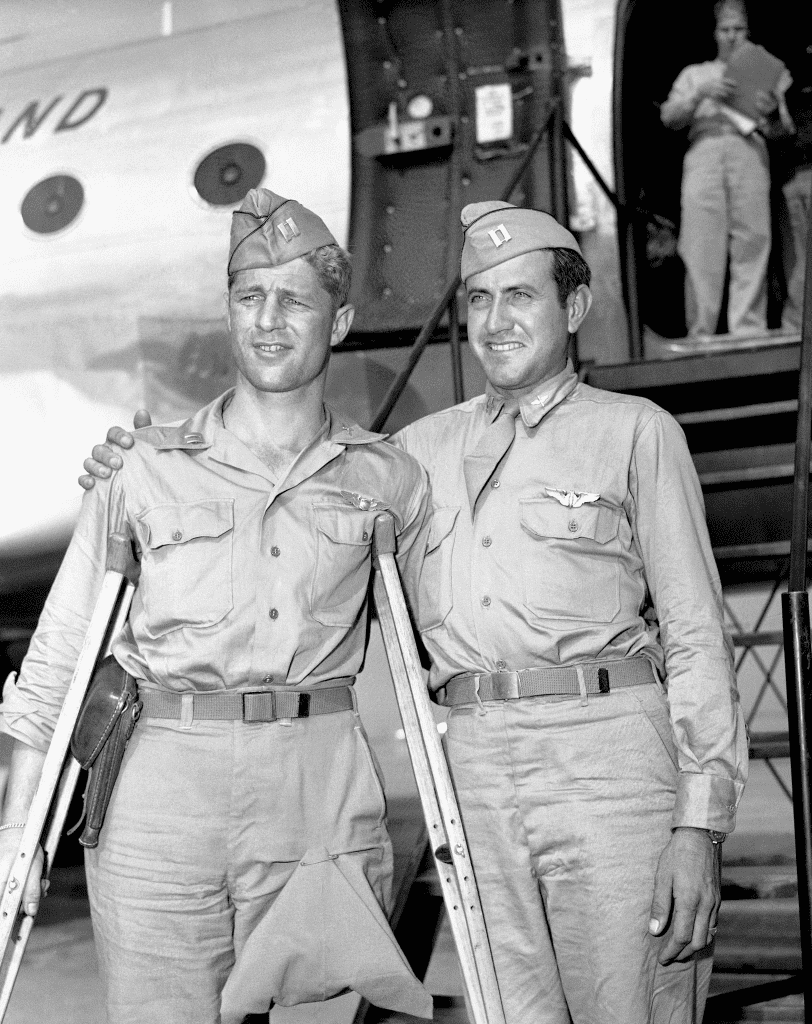
From Olympic Track Star to Wartime Airman
Before the war, Louis Zamperini was already making headlines. Born in 1917 to Italian immigrant parents in California, he was a spirited and rebellious child. To channel his energy, he took up running and quickly became a sensation. By 1936, at the age of 19, he qualified for the U.S. Olympic team and competed in the Berlin Games, finishing impressively in the 5,000-meter race. Adolf Hitler himself requested to meet the young runner after his strong finish.
But Zamperini’s Olympic dreams were put on hold when the world went to war. He enlisted in the U.S. Army Air Forces and served as a bombardier on a B-24 Liberator.
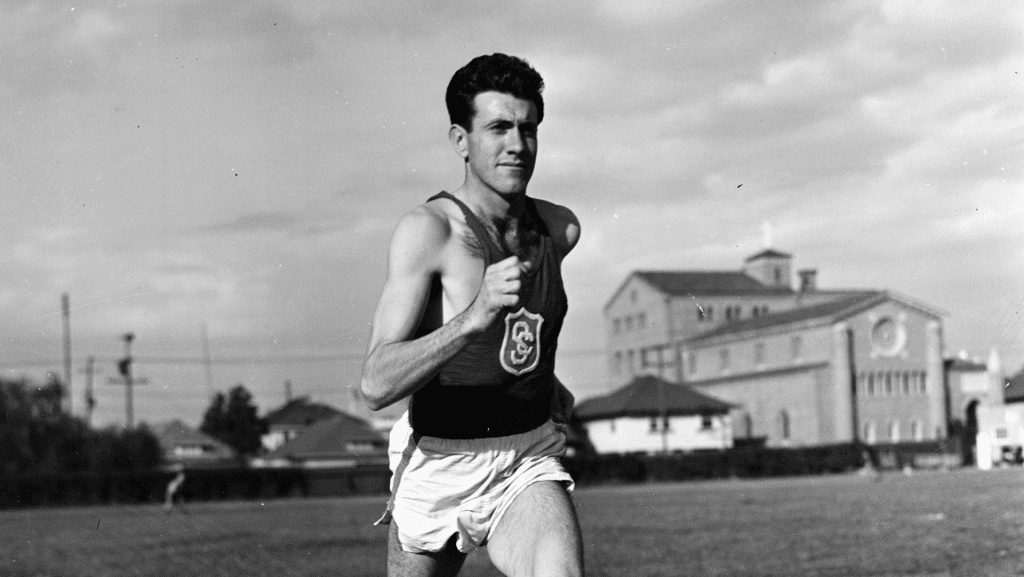
47 Days Lost at Sea
On May 27, 1943, during a search mission over the Pacific, Zamperini’s plane malfunctioned and crashed into the ocean. Of the 11 men onboard, only three survived the initial crash. With nothing but two life rafts, a few cans of water, and some chocolate, Zamperini and his two crewmates drifted helplessly in shark-infested waters.
Video:
The Real Story Of Louis Zamperini (American War Veteran & Olympic Runner) | Our History
Over the course of 47 harrowing days, the men battled dehydration, hunger, storms, and the constant threat of death. They caught rainwater in tins, fended off circling sharks with paddles, and even survived a strafing attack by a Japanese plane. One of the survivors died along the way, but Zamperini and pilot Russell Phillips eventually drifted nearly 2,000 miles before being captured by the Japanese Navy near the Marshall Islands.
Years of Unthinkable Torture
Their rescue was no salvation. Zamperini was taken to a series of brutal Japanese prison camps, where he was subjected to relentless beatings, starvation, and psychological torment. He became a particular target for one sadistic guard known as “The Bird” (Mutsuhiro Watanabe), who singled him out for extreme abuse due to his fame as an Olympian.
Despite the torment, Zamperini never gave up. He resisted propaganda efforts, stayed mentally strong, and clung to memories of his family and the hope of returning home. His will to survive was nothing short of extraordinary.
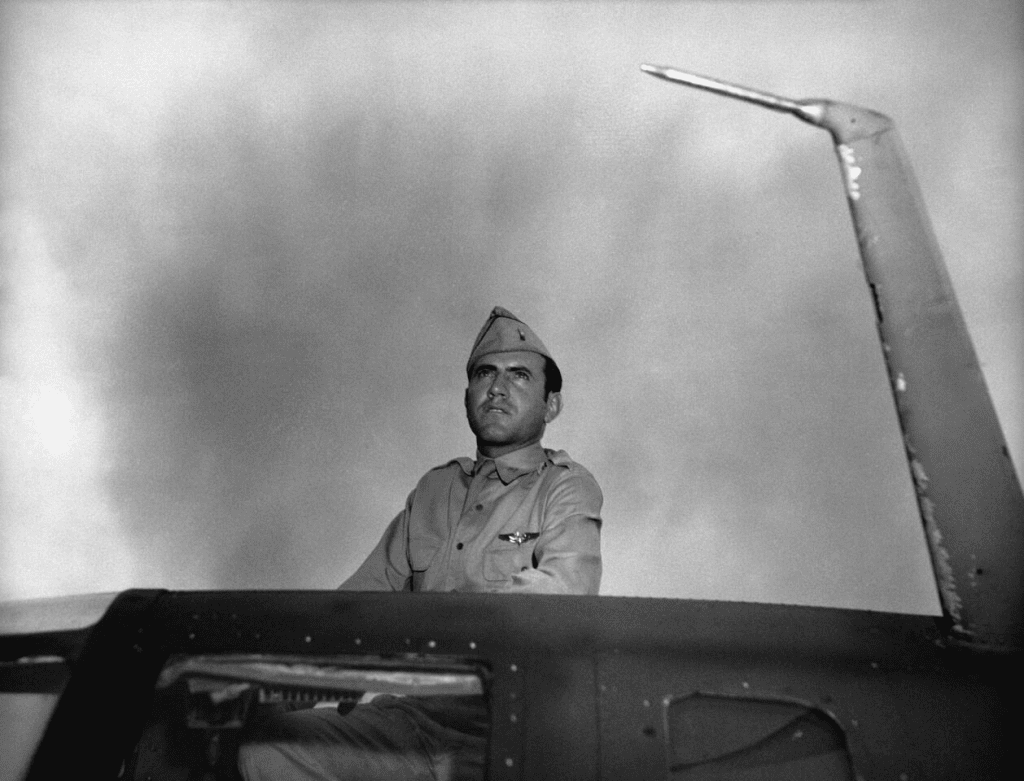
Freedom and the Harder Battle at Home
After Japan’s surrender in 1945, Zamperini finally returned home. But the physical wounds weren’t the hardest to heal. He was haunted by trauma, nightmares, and anger. He turned to alcohol and struggled to reintegrate into civilian life.
Video:
“Unbroken’s” Louis Zamperini: The Rest of the Story
It wasn’t until he attended a revival led by evangelist Billy Graham in 1949 that everything changed. Zamperini found peace through faith and made a life-altering decision: he forgave his captors—including “The Bird.” This act of forgiveness freed him from years of torment and allowed him to rebuild his life with clarity and purpose.
Legacy of Courage and Compassion
Zamperini would go on to share his story with thousands, speaking publicly about the power of resilience and forgiveness. He returned to Japan, met with some of his former guards, and expressed his forgiveness in person. His story was chronicled in the bestselling book Unbroken by Laura Hillenbrand, and later adapted into a major motion picture directed by Angelina Jolie.
More than just a tale of survival, Zamperini’s life is a testament to the unbreakable human spirit. He endured what most could not, but it was his capacity to forgive not just survive that truly set him apart.
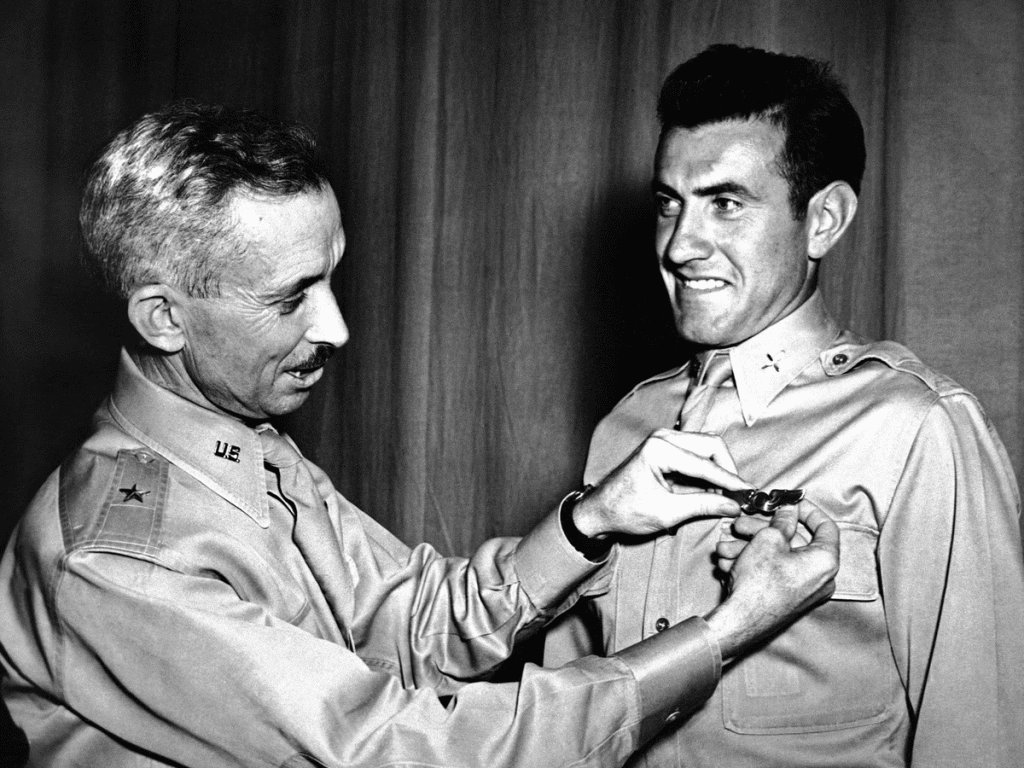
Conclusion: The Unbroken Spirit
Louis Zamperini’s journey is one of the most remarkable in modern history. From the Olympic track to the vast Pacific Ocean, from prison camp horror to personal redemption, his life reminds us that the human spirit can endure almost anything and that true strength often lies not in revenge or resistance, but in forgiveness.
Even decades after his passing in 2014 at the age of 97, Zamperini’s story continues to echo. Not just because he survived, but because he healed and showed the world how to rise above pain with grace, humility, and courage.
